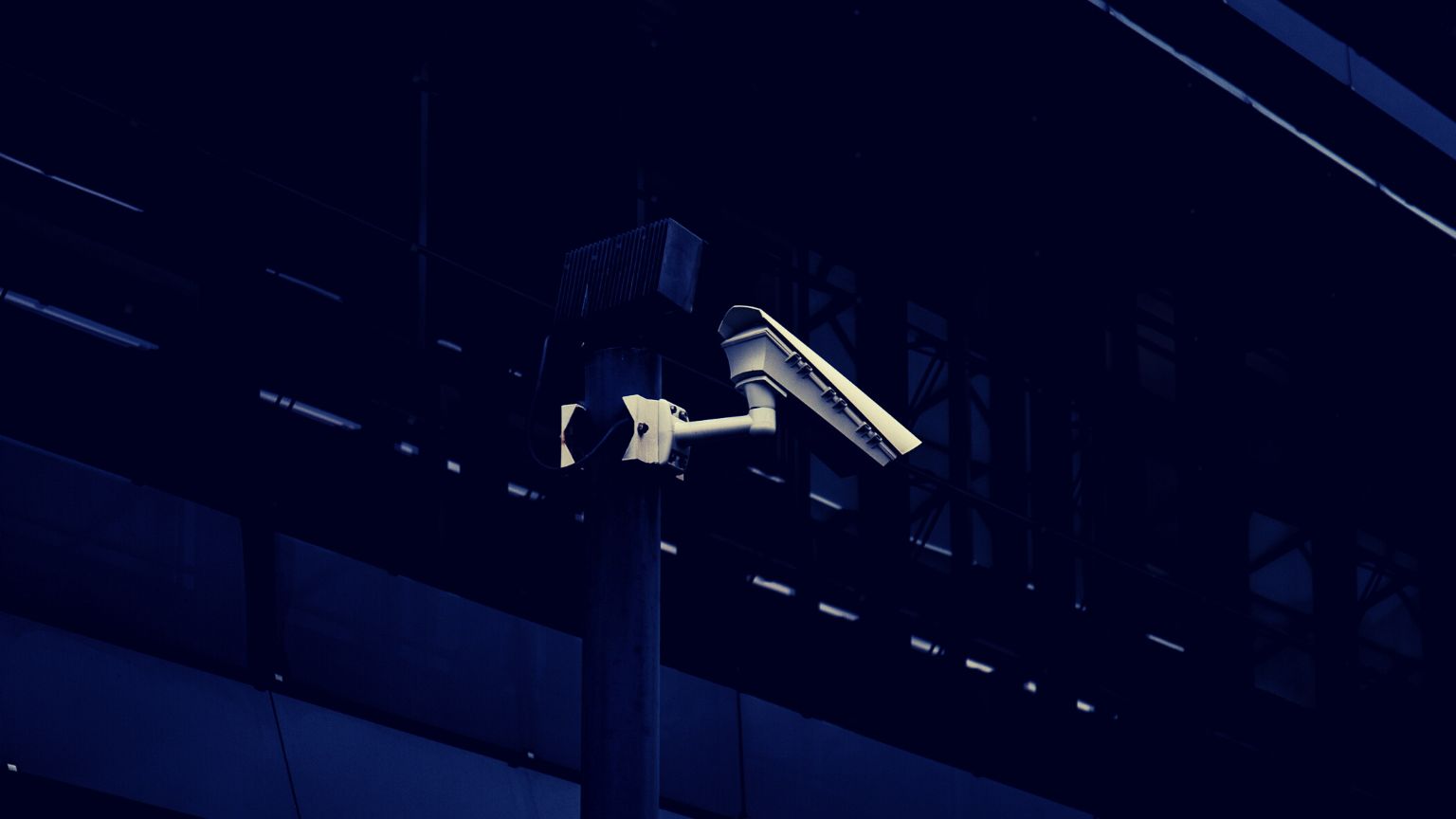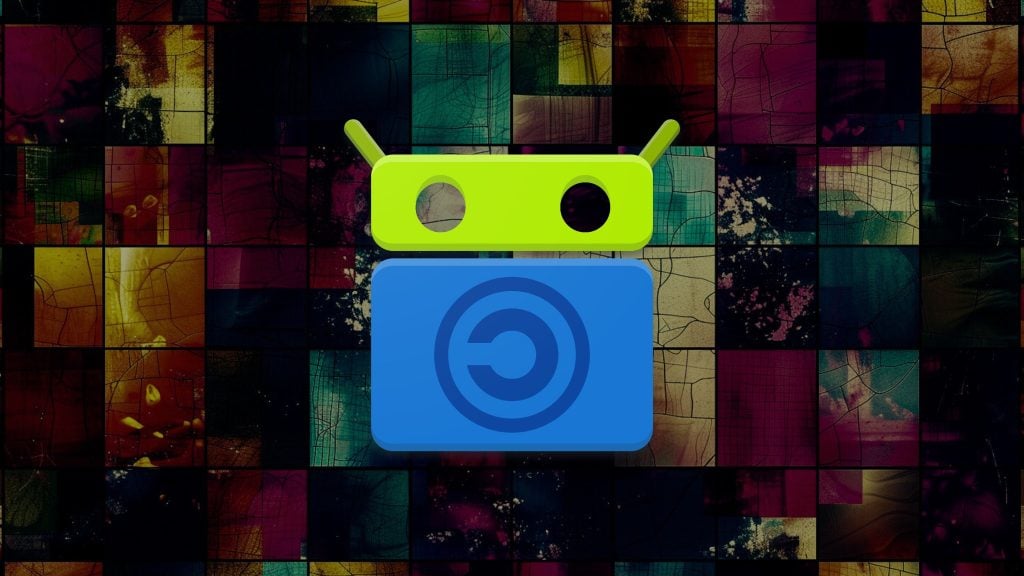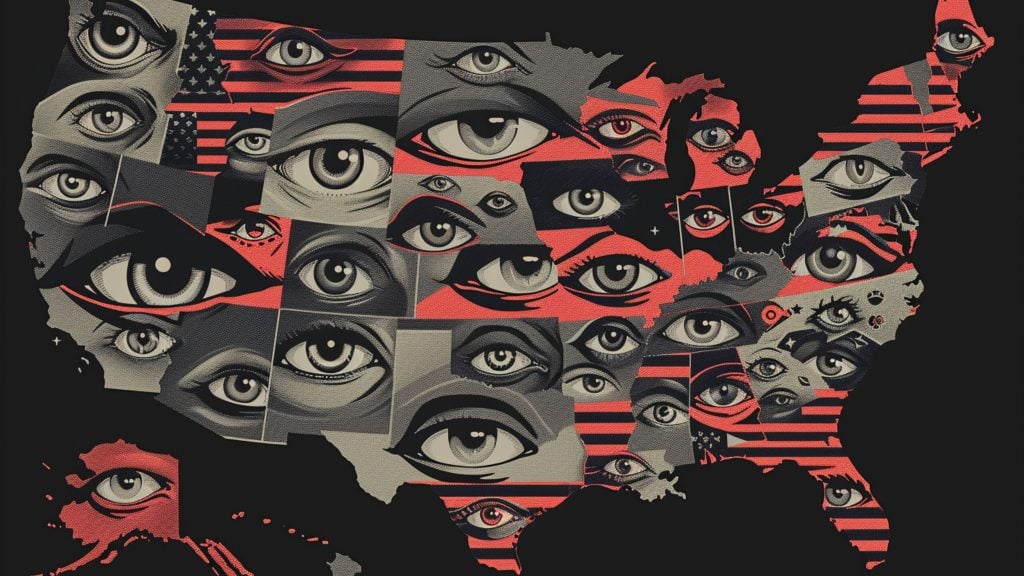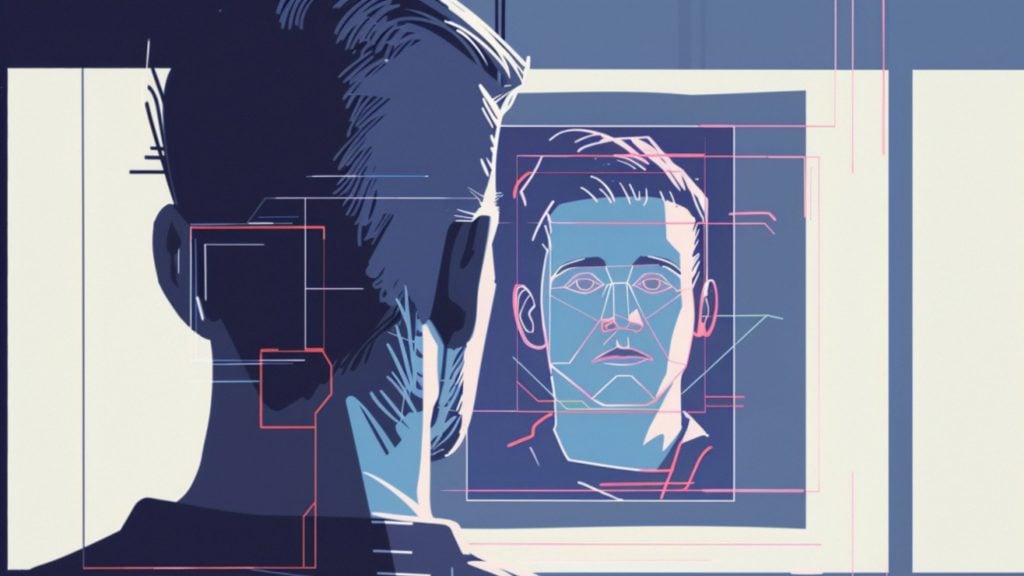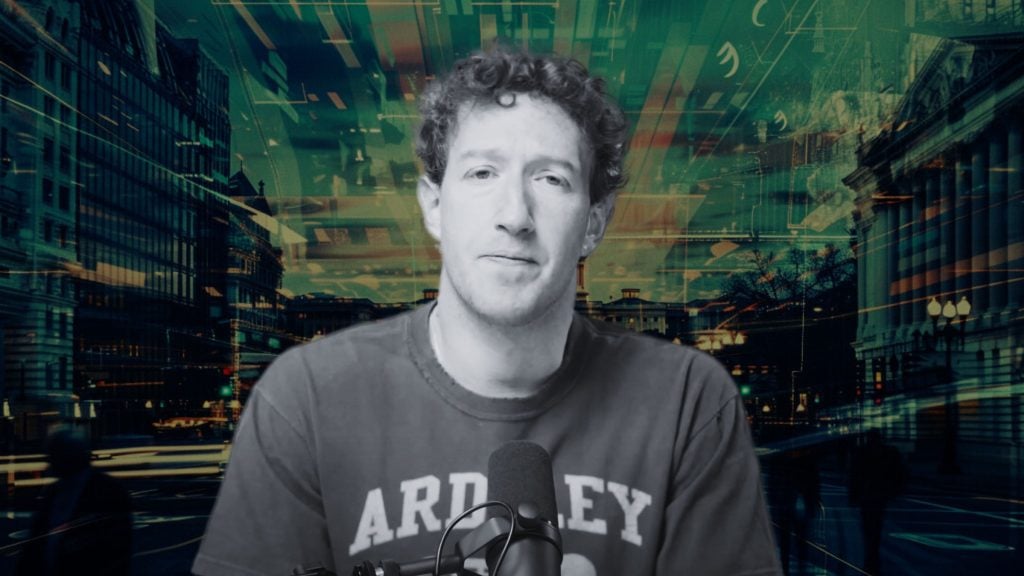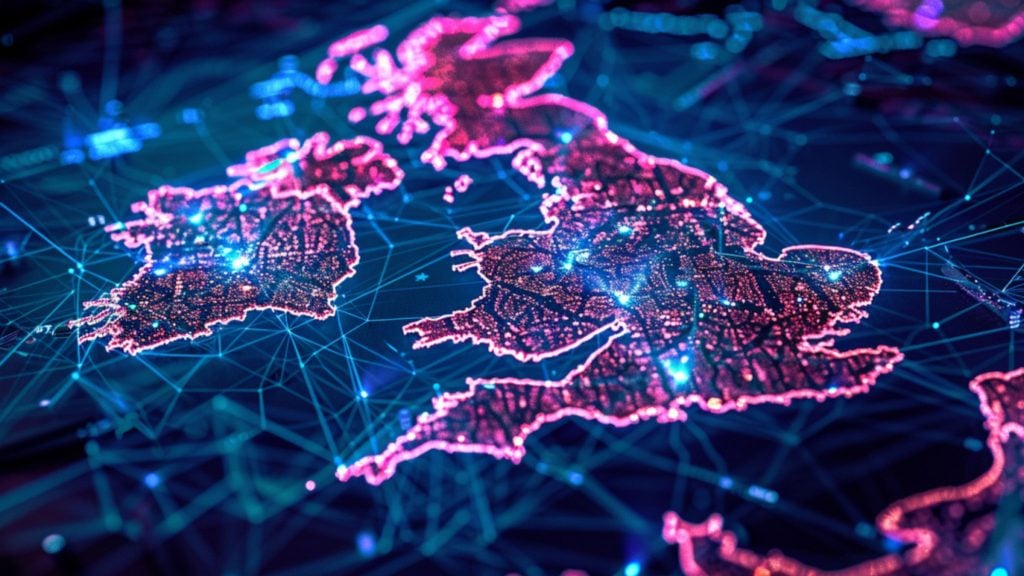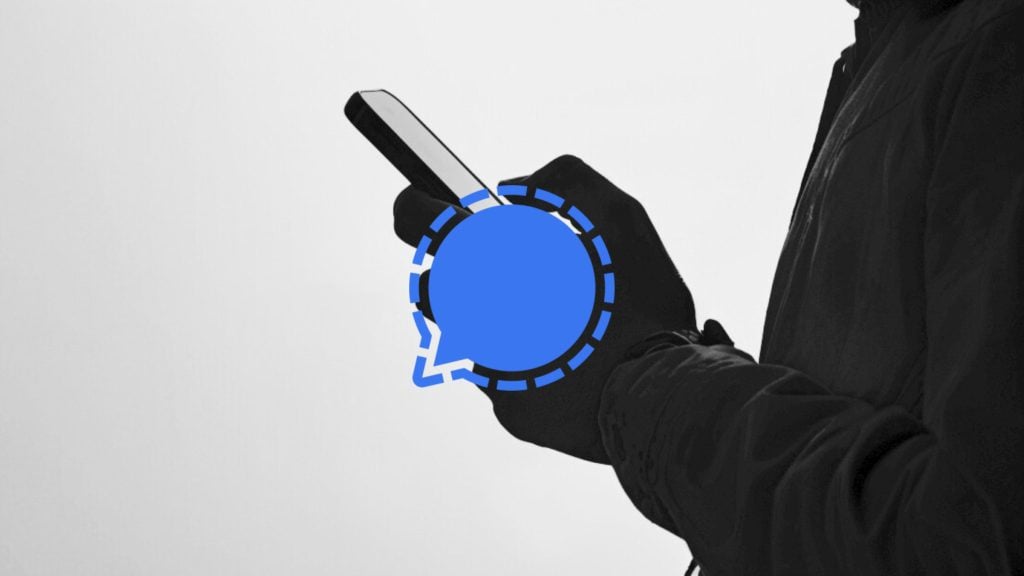The Russian government has been using facial recognition technology to track journalists in Moscow and other major cities. Such kind of surveillance is a threat to the freedom of expression and journalism.
On Russia’s Independence Day, June 12, Pyotr Ivanov, a reporter for news outlet SOTA, was arrested when he entered the Moscow metro. He had no outstanding warrants or fines, no criminal record, and had recently not participated in any protests. The police officers did not even know why they were detaining him, only that he had been flagged by Sfera, a facial recognition system installed in all Moscow metro stations.
He was released after a few hours.
On June 12, Ivanov was one of 43 people arrested on the Moscow metro. On May 9, Russian Victory Day, 37 people were arrested in the metro.
The arrests prove that the government has a photo database of journalists and activists and implemented preventative detention on national holidays to avoid protests and public unrest.
The government has collected biometric information on journalists for years. However, it does not use official sources only. According to SOTA, the photo used to identify Ivanov was taken from a post on its Telegram channel. The post was about the release of Ivanov and another journalist after they were arrested in St. Petersburg for covering an anti-war protest on March 6.

Mihail Shuliman, a popular activist and art expert, was arrested in the Moscow metro on January 30, 2021. The photo Sfera used to flag him was taken from a 2012 article about his attack by unknown people.
Sfera is part of a broader surveillance system called Safe City that was launched in 2014 and has been rolled out in other major urban centers. Earlier this week, it was reported that the government was planning on allocating 15 billion rubles to expand Safe City to areas bordering Ukraine.
The preventative arrests policy, enabled by the active tracking of activists and journalists in public spaces, is harassment and intimidation and results in the suppression of independent journalism.

